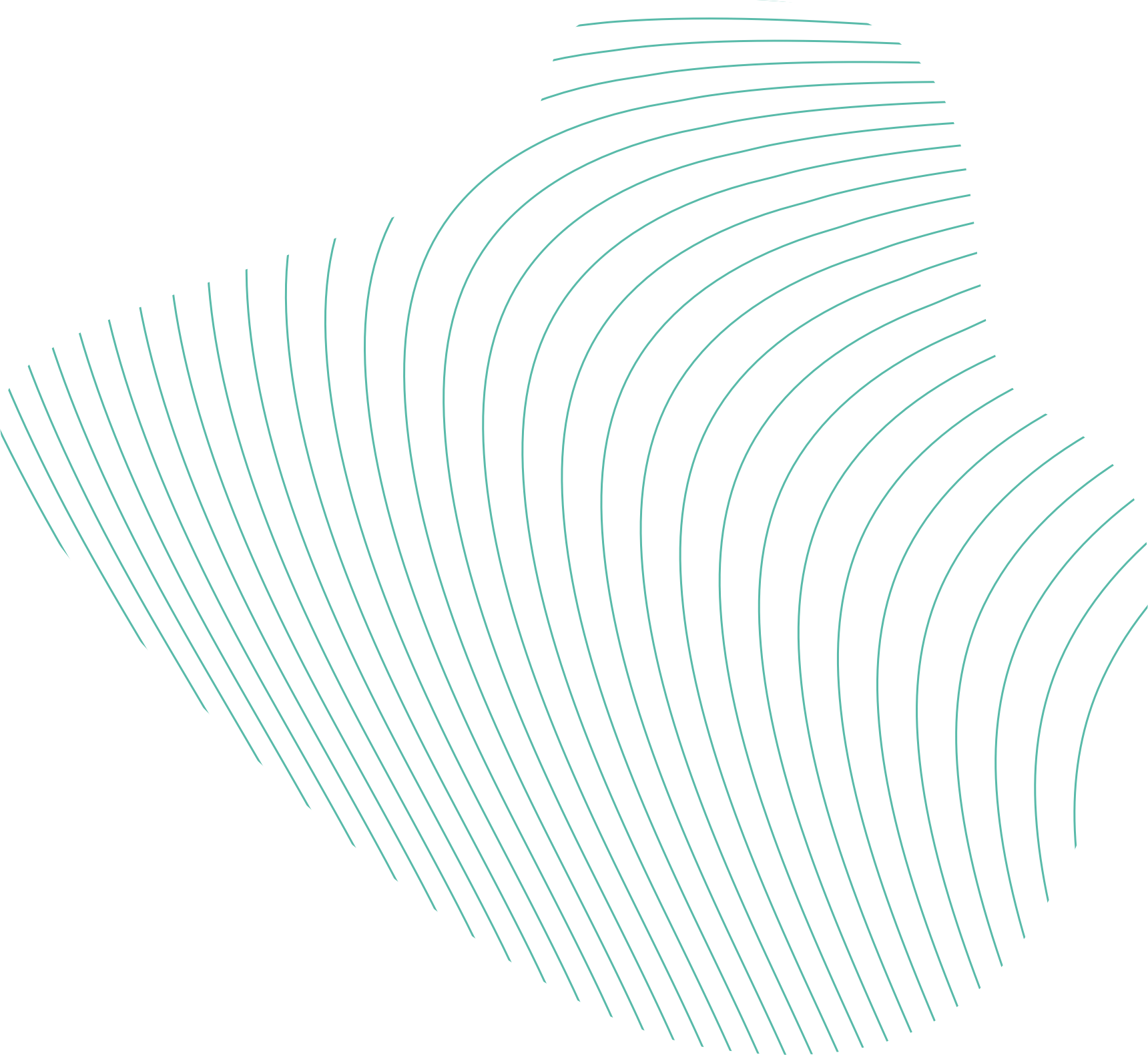Overview of RWE Bonds
RWE bonds and hybrid bonds




Responsibility for Group financing is centralised at RWE AG. As the parent company, RWE AG is responsible for acquiring funds from banks or the financial markets. Subsidiaries only raise debt capital directly in specific cases, for example if it is advantageous economically to make use of local credit and capital markets. RWE AG also acts as a co-ordinator when subsidiaries assume contingent liabilities. This allows us to manage and monitor financial risks centrally. Moreover, it strengthens our position when negotiating with banks, business partners, suppliers and customers.
Tools for raising debt capital
We cover most of our financing needs with earnings from our operating activities. In addition, we have a wide range of tools to procure debt capital:
Our Debt Issuance Programme (DIP) gives us latitude in raising debt capital for the long term. Our current DIP allows us to issue bonds with a total face value of up to €10 billion. By issuing three green bonds, we exercised this financing option in 2021 for the first time in six years.
For short-term refinancing, we have a Commercial Paper Programme, which was updated in 2021. It allows us to raise funds equivalent to up to €5 billion on the money market. During the past fiscal year, we accessed a large portion of this funding volume: at times, a total of up to €3 billion in commercial paper was outstanding.
To secure our liquidity, we also have access to three syndicated credit lines of €8 billion granted to us by a consortium of 27 international banks. We already secured the first, €3 billion credit line, which runs until April 2026, back in April 2019. The second line has a volume of €2 billion and replaces one which expired in April 2022; it is also available until April 2026. In light of the recent volatility in energy prices and the related rise in liquidity requirements to hedge forward contracts, we secured a third credit line, which increases our financing headroom by another €3 billion. The term is set to one year. However, we have been granted two optional six-month extensions. At our request, the conditions of all three of these credit lines are linked to sustainability criteria. Among other things, the conditions depend on the development of the following three indicators: the share of renewables in RWE’s generation portfolio, the CO2 intensity of our plants and the percentage of our capex that is classified as sustainable in accordance with the EU taxonomy regulation. We have set goals for all three of these criteria. If we do not achieve these targets, we will have to pay higher interest and commitment fees. Half of these additional funds would be passed on to non-profit organisations.
The conditions at which we can raise debt largely depend on rating agencies’ assessment of our creditworthiness. Moody’s and Fitch make such evaluations on request from us. In the past year, both agencies raised their credit rating for RWE by one notch. RWE’s long-term creditworthiness is now rated Baa2 (Moody’s) and BBB+ (Fitch), both with a stable outlook. These are investment grade ratings. The ratings for our hybrid bonds and current financial liabilities are now also one level higher. Moody’s and Fitch cited RWE’s transformation into a leading renewables company as the reason for the rating improvement. This business is characterised by attractive and relatively stable earnings.
RWE ended its rating by the agency Standard & Poor’s on the 15th of February 2018.

